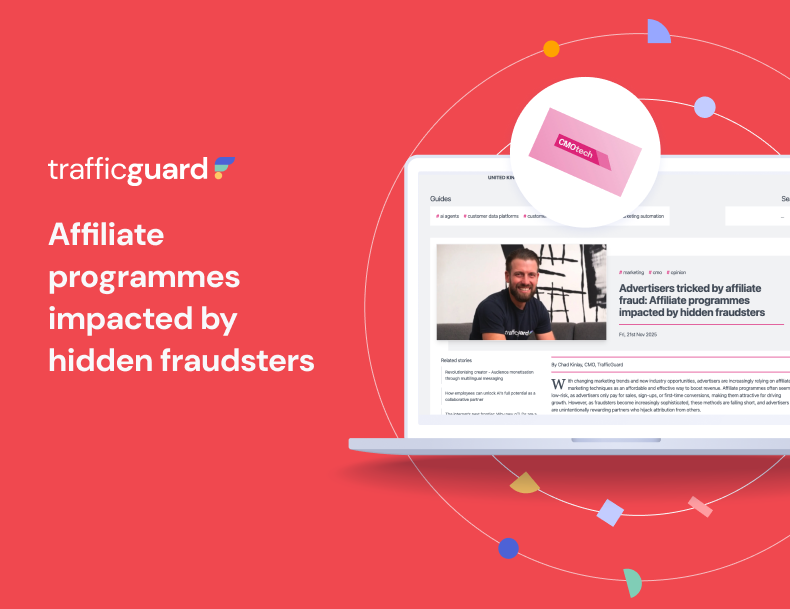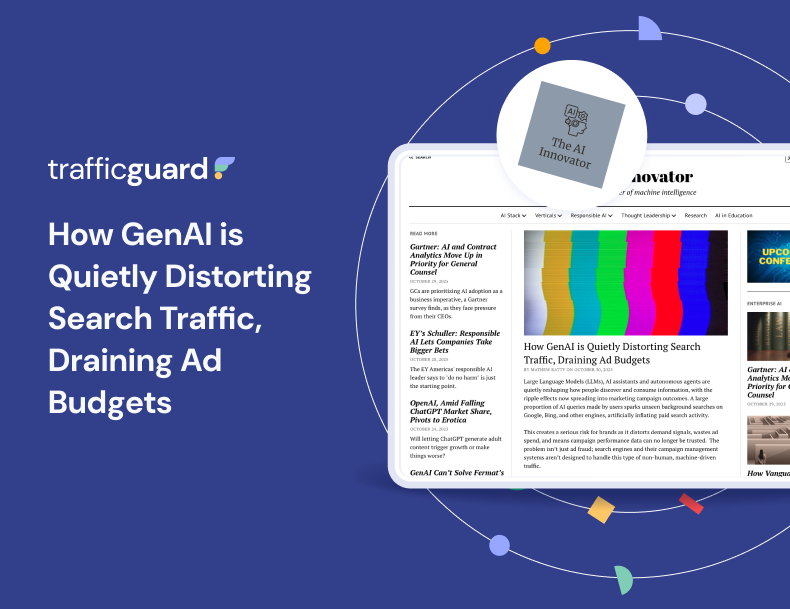Holiday marketing 2023: How e-Commerce Brands can Boost Profit by Combating Ad Fraud Costs

Amid the upcoming holiday season, consumers across the globe, including the Asia-Pacific (APAC), are projected to inject billions into the market. However, if your advertising budget is grappling with the impact of ad fraud, you might be missing out on reaching these highly motivated shoppers.
As the holiday fervor approaches and the anticipation for shopping extravaganzas escalates, brands are investing substantial resources, both in terms of time and money, to leverage the seasonal surge in shopping enthusiasm. From internationally recognized events such as Black Friday, Cyber Monday, and Christmas to local festivals gaining momentum in the APAC region like Diwali (India), Click Frenzy (Australia), Harbolnas (Indonesia), and Singles’ Day (APAC), the stage is set for an influx of shopping intent.
Deloitte forecasts that e-commerce sales will grow between 10.3% to 12.8% (YoY) during the 2023-2024 holiday season. This will likely result in e-commerce holiday sales reaching between $278bn and $284bn this season.
However, the challenge lies in the substantial investment during these events and navigating the numerous digital channels available, which does not necessarily guarantee the expected returns for a business. Ad fraud often shadows the money trail. While this issue is reiterated in numerous articles about ad fraud, its impact during the holiday season is amplified due to the ephemeral nature of shopping intent during these crucial moments.
The looming ad fraud challenge
Ad fraud remains a persistent menace globally, and in APAC efforts toward awareness and prevention lag behind the more mature North American market. The total ad spend waste caused by ad fraud in the APAC region in 2022 amounted to an estimated $75bn – the hardest hit region in the world.
With the rise in ad spend during each shopping event, fraudsters capitalize on siphoning off campaign budgets. Until effective detection and prevention tools are put in place, ad fraud will remain a significant problem for advertisers and media buyers.
The best defense is a good offence: Taking a proactive approach against ad fraud
It's imperative for businesses to adopt a different mindset. While campaigns are strategically aligned with seasonal hooks, ad fraud perpetually lurks. Ignoring the threat only grants fraudsters a longer runway to abscond with stolen spend, reinforcing their operations and increasing their resilience. Prevention must become a constant effort.
There are immediate steps brands can take to protect their ad spend and returns. Implementing trustworthy, comprehensive fraud prevention solutions on advertising platforms is vital to remove fraud before attribution.
Nevertheless, the most crucial challenge is the mindset. Brands need to proactively mitigate fraud rather than reactively try to recover budgets after identifying fraudulent activity. Waiting until billing time means that a portion of the ad spend fails to reach high-intent shoppers during events like Singles Day, Diwali, Christmas, etc. The ultimate cost of ad fraud isn’t just the lost percentage of the budget; it's the revenue that said percentage could have generated if directed toward real users instead of fraud.
Navigating Ad Fraud within Google's Performance Max
While utilizing Google’s PMax is a great tool for marketers and advertisers, the complex challenge of assigning clicks and conversions to Google's various ad channels within Performance Max. These complexities have unfortunately been manipulated by instances of ad fraud and malicious activities.
The problem with all black box systems like Google’s PMax is that marketers are at the algorithm’s mercy. The PMax framework faces the pressing issue of invalid traffic, where bad actors exploit the algorithm's assumption of positive user intent. This exploitation can lead to falsely optimized campaigns, depleting advertising budgets by driving fake engagement and conversion events.
Real-time oversight and intervention are crucial in combating these fraudulent activities. Transparency and independent third-party auditing become critical shields against the adverse effects of invalid traffic, providing visibility into the channels driving conversion results and ensuring optimal performance across different ad channels. Transparency matters when fighting fraud. This access empowers marketers to make informed decisions, protecting against overspending and inefficiencies within PMax campaigns.
Embracing prevention for future success
Brands aiming to capitalize on the heightened shopping intent during the forthcoming festivities must therefore be equipped to navigate ad fraud. Preventing ad fraud ultimately leads to additional sales and growth by ensuring that campaigns effectively reach genuine consumers. Waiting for seasonal opportunities only emboldens fraudsters, hindering advertiser growth. To secure the gift of continued prosperity, these fraudulent practices must be curbed effectively.
By being proactive in mitigating ad fraud, brands can ensure that their seasonal campaign results aren’t just a hopeful holiday dream but a tangible reality, reaching real consumers who contribute to the billions spent on consumer products and services.
Read more 👉 here.
Get started - it's free
You can set up a TrafficGuard account in minutes, so we’ll be protecting your campaigns before you can say ‘sky-high ROI’.
At TrafficGuard, we’re committed to providing full visibility, real-time protection, and control over every click before it costs you. Our team of experts leads the way in ad fraud prevention, offering in-depth insights and innovative solutions to ensure your advertising spend delivers genuine value. We’re dedicated to helping you optimise ad performance, safeguard your ROI, and navigate the complexities of the digital advertising landscape.
Subscribe
Subscribe now to get all the latest news and insights on digital advertising, machine learning and ad fraud.







